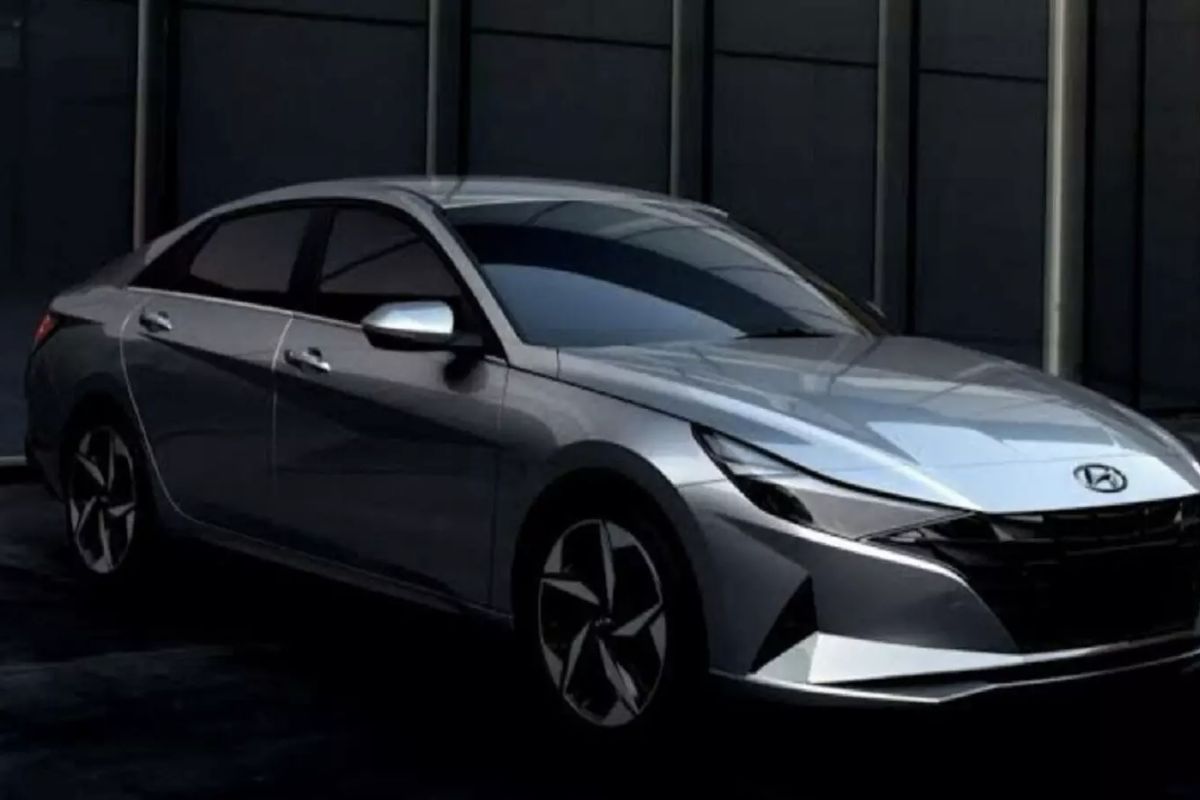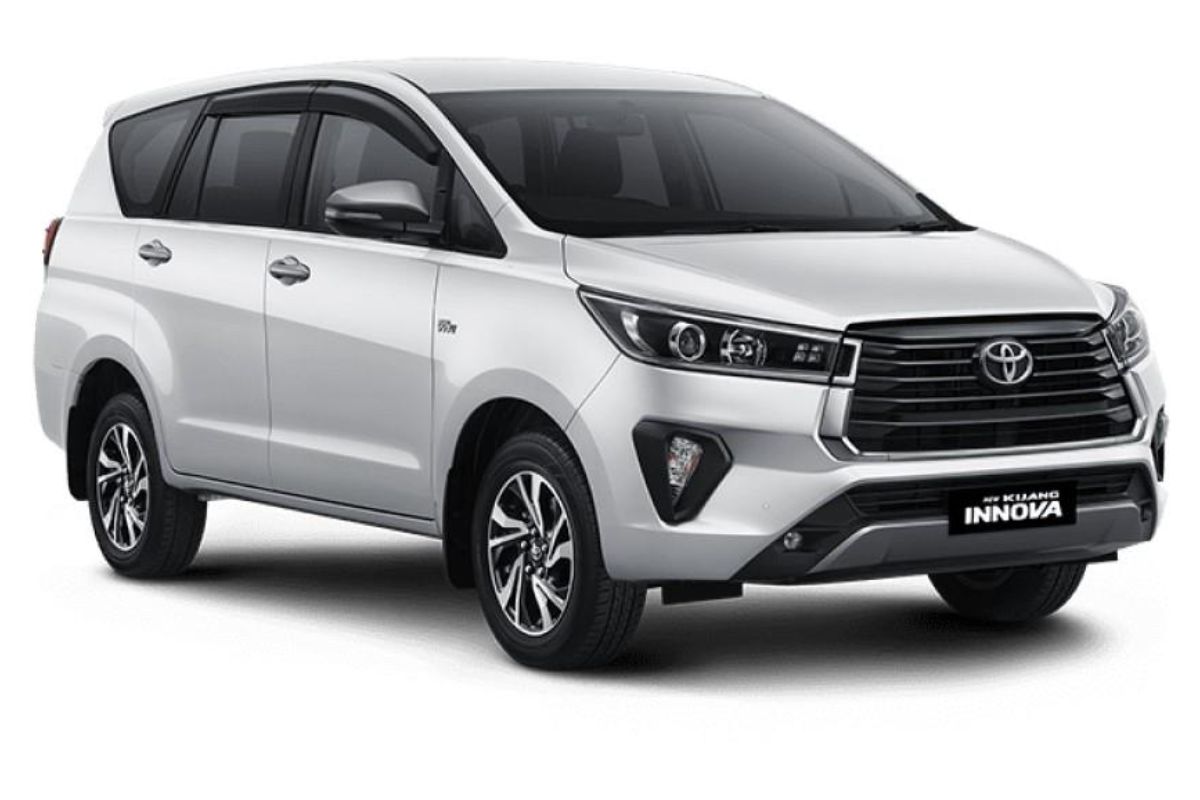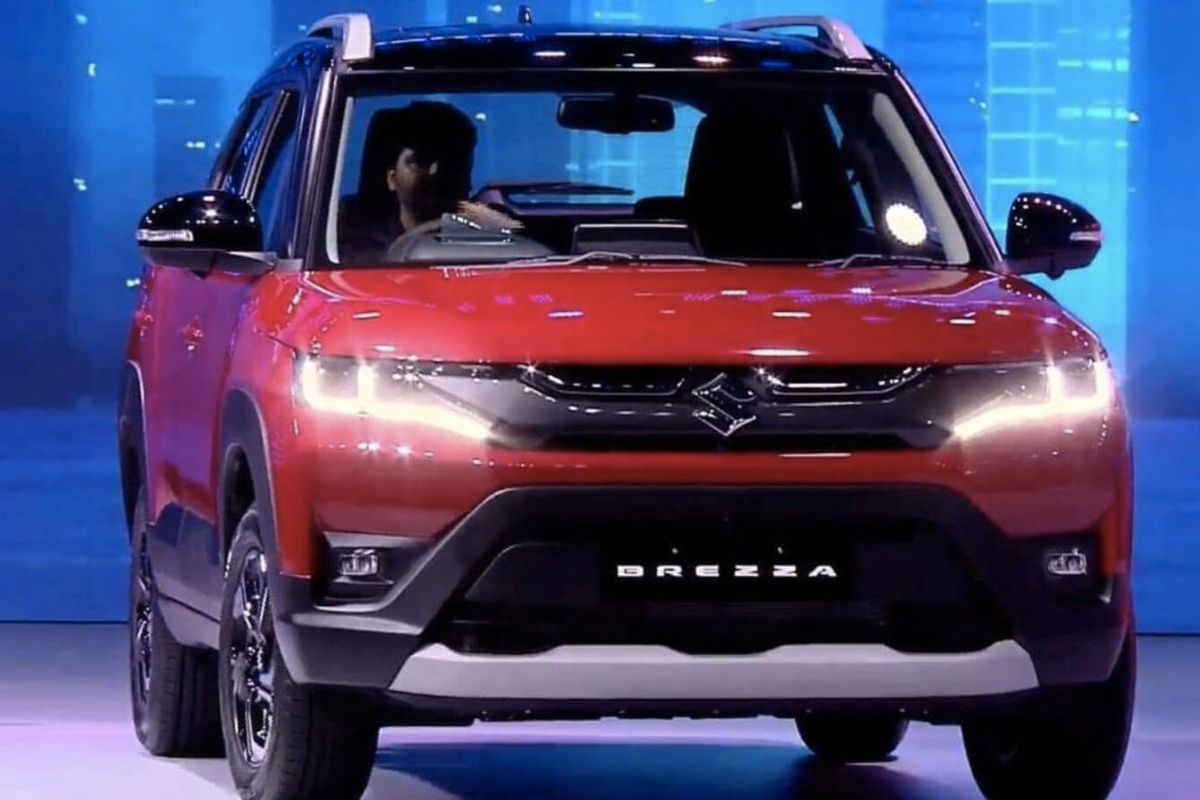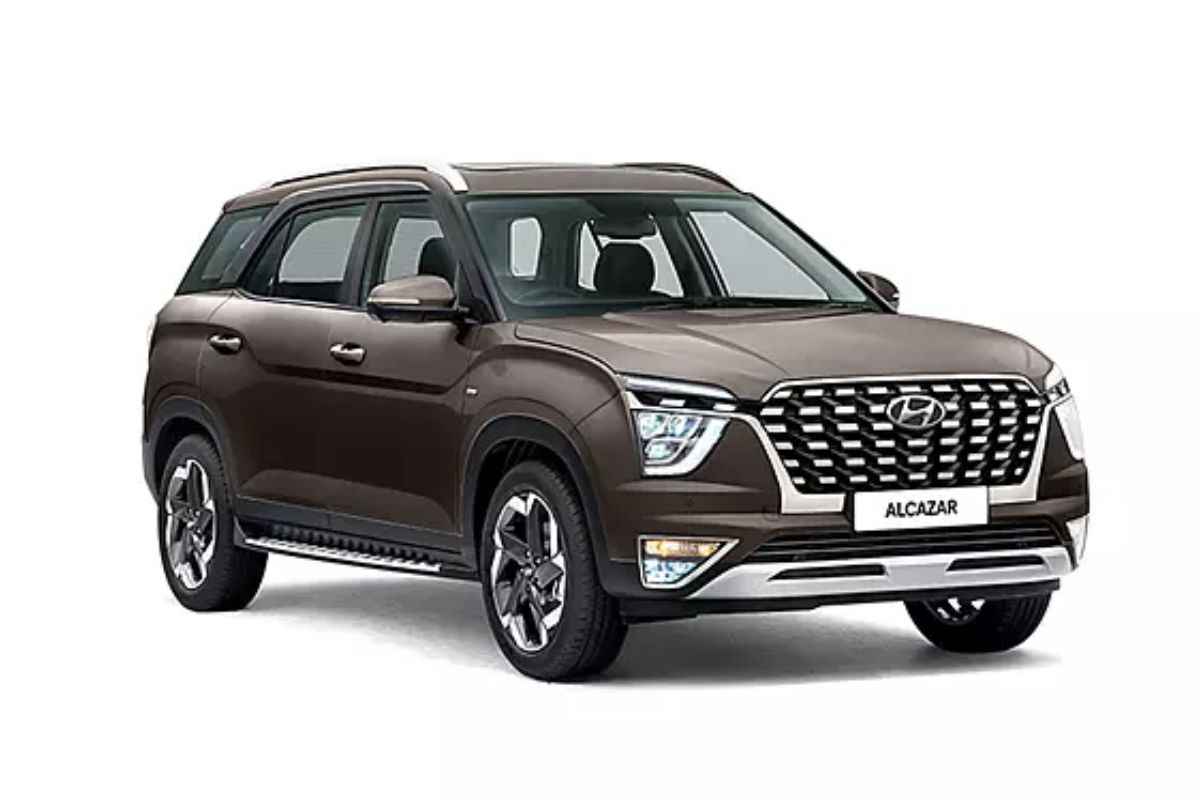Learn more about the best 5 new automobiles coming to India in March 2023, including several new midsize sedans, SUVs, and even a CNG model. The newest Hyundai Verna, Maruti Suzuki Brezza CNG, etc. are all on the list.
The Indian auto market will see some exciting developments in March. As a result of revisions made to meet BS6 phase-2 emission standards, the auto industry is releasing revised goods. New products are also being introduced at this time. Discover the best 5 new automobiles coming to India in March 2023, including several new midsize sedans, SUVs, and even a CNG offering.
Upcoming Cars in India in March 2023:
New-gen Hyundai Verna

On March 21, 2023, Hyundai will introduce the next-generation Verna to the market. New features and a visually arresting aesthetic are in the works. There will be no diesel option for the 2019 Hyundai Verna. New 1.5-liter turbo and 1.5-liter normally aspirated gasoline engines will be available. Both motors will be E20 fuel ready and meet RDE standards.
Toyota Innova Crysta

In the Indian market, Toyota will reintroduce the Innova Crysta diesel. Similar reservations can be made now, and pricing info will be released shortly. A 2.4-liter diesel engine producing 148 horsepower and 360 Newton-meters of peak torque will be standard, mated only to a 5-speed manual transmission.
Maruti Suzuki Brezza CNG

Eventually, the compressed natural gas (CNG) version of the Brezza sub-compact SUV will be introduced by Maruti Suzuki in India. A 1.5-liter K-series bi-fuel engine will power the CNG version of the Maruti Suzuki Brezza, producing 87 horsepower and 121.5 Nm of torque. It will only be offered with a 5-speed manual transmission.
Hyundai Alcazar

The pricing for the refreshed Alcazar three-row SUV from Hyundai Motor India will be released soon. A new 1.5-liter turbocharged gasoline engine producing 158 horsepower and 253 Nm of torque is on the way for the Hyundai Alcazar. It will be paired with either a 6-speed manual or 7-speed DCT transmission. A 1.5-liter diesel engine producing 113 horsepower will also be available.
Honda City facelift

The updated Honda City rounds out the vehicles on this page. Launched earlier this month, the ex-showroom costs for this midsize sedan range from Rs 11.49 lakh to Rs 20.39 lakh, including the City e:HEV models. Both a 1.5-liter normally aspirated petrol engine and a 1.5-liter Atkinson cycle petrol hybrid unit with two electric motors are available for the Honda City.
Read More:

